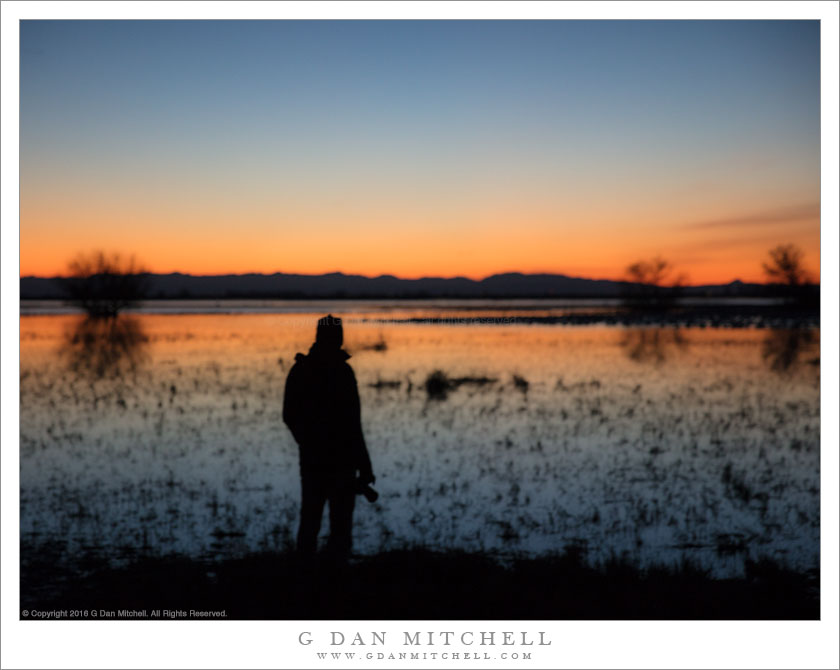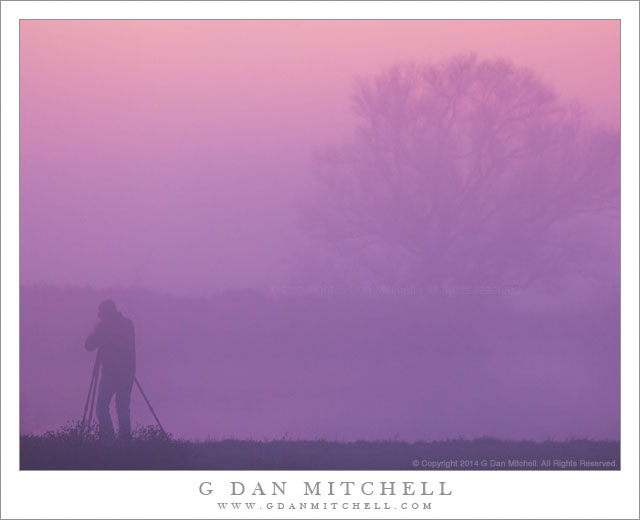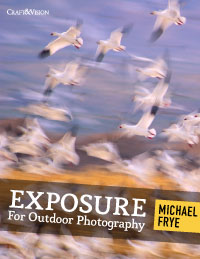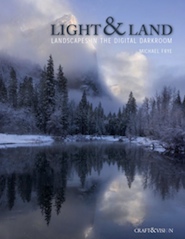
The Last Light. San Joaquin Valley, California. December er 26, 2016. © Copyright 2016 G Dan Mitchell – all rights reserved.
Photographer Michael Frye silhouetted against the fading light of winter San Joaquin Valley dusk sky.
Earlier this week I spent the day out in the San Joaquin Valley, photographing birds and this expansive landscape of water and sky and a few trees. (I also made a quick midday run up to the Sierra foothills on business, and it was wonderful to see the evidence of a relatively normal looking winter in California — water pooling in flats and snow on the peaks!) It was quiet in the morning when I arrived, and there were few others there at dawn. But shortly, as I was stopped photographing sandhill cranes, a car drove up and it was my friends Michael and Claudia — what a wonderful surprise!
These are long days, beginning with a 3:30 wake-up alarm, a two-hour pre-dawn drive in darkness, and arrival at my destination by perhaps 6:30 AM or so. I photograph for a few hours, take a midday break, and then return in the afternoon to photograph until the light is gone. The cycle of the afternoon photography is striking. I begin in good light, watching for the golden hour light to begin. Soon it arrives, and it goes quickly. On this evening it was hard to figure out where the birds would be, so we finally just decided to pick a spot and see what would happen. As the sun set, geese and cranes began to arrive — cranes flying past, mostly, and some geese landing in the ponds in front of us. We continue to find ways to photograph as the light fades — switching from long lenses to wide-angle, working with rather than against the blur of lower shutter speeds. But eventually it just plain becomes too dark and we stop photographing. And this, in many ways, is the most beautiful moment of the entire day — we lower our cameras and simply stand and look, on the best days standing with a small group of friends as the day ends.
 G Dan Mitchell is a California photographer and visual opportunist. His book, “California’s Fall Color: A Photographer’s Guide to Autumn in the Sierra” is available from Heyday Books and Amazon.
G Dan Mitchell is a California photographer and visual opportunist. His book, “California’s Fall Color: A Photographer’s Guide to Autumn in the Sierra” is available from Heyday Books and Amazon.
Blog | About | Flickr | Twitter | Facebook | Google+ | LinkedIn | Email
All media © Copyright G Dan Mitchell and others as indicated. Any use requires advance permission from G Dan Mitchell.



